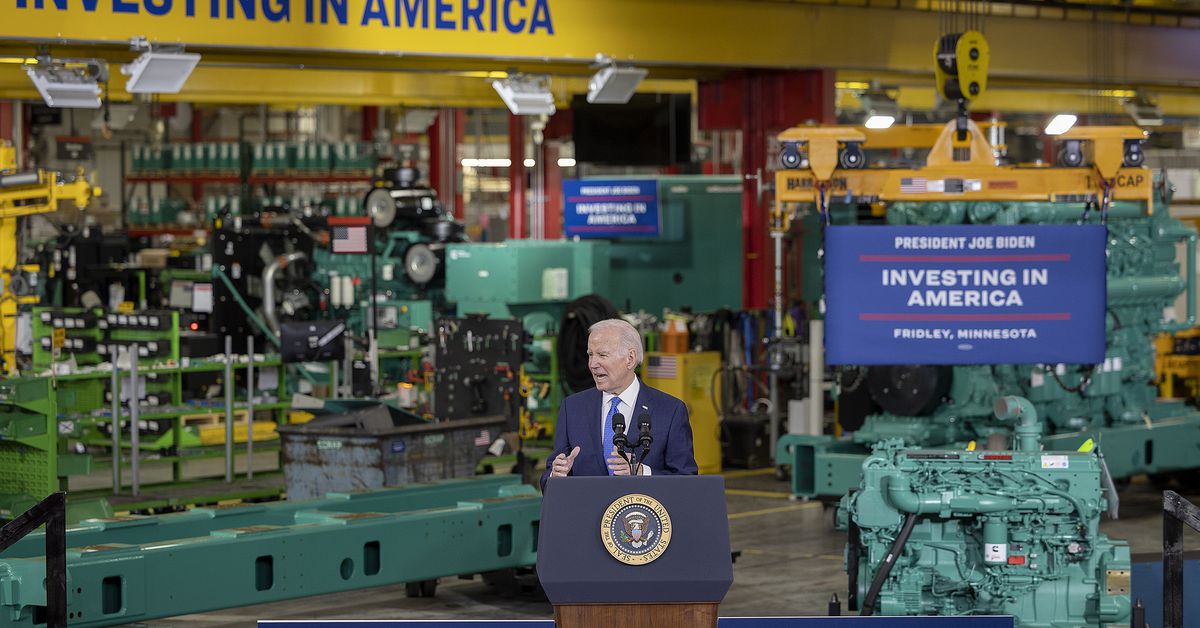The Transportation Industry of Clean, Electrolyzer Hydrogen: Implications of the Proposed SSAB-American Steel Tax Credit Proposal
Chuck Schmitt, president of SSAB Americas — a supplier of steel plates— said the proposal “supports SSAB’s leadership and innovation in the decarbonization of the steel industry. ThisClarifying Language will help drive new technology investment and create clean energy jobs.
If the guidance is too restrictive, he said, “you’ll see a much smaller, if not negligible growth in this industry and a failed opportunity to capitalize on the IRA.”
“What we can’t have is is an industry that is stalled because we have imposed requirements that the marketplace is not ready to fulfill,” Wolak said, particularly with the time it takes to bring new renewable resources online.
The Fuel Cell & Hydrogen Energy Association includes more than 100 members involved in hydrogen production, distribution and use, including vehicle manufacturers, industrial gas companies, renewable developers and nuclear plant operators. Frank Wolak, the association’s president, said it’s important the industry be given time to meet any provisions that are required for the top tier of the credit.
The American Petroleum Institute said in a statement that “hydrogen of all types” is needed and urged the administration to foster more flexibility for hydrogen expansion, not less.
The guidance released today by the US Chamber of Commerce will stunt the growth of an industry before it has even begun, and the Chamber plans to advocate during the public comment process for the flexibility needed to kickstart investment, according to the Senior Vice President for Policy.
The proposed rules, which are similar to European Union guidelines, are supported by a big industry player. Air Products has supported the Administration’s strong three pillar hydrogen tax credit proposed rule, which will be essential to delivering real emissions reductions and creating the needed economic growth in the hydrogen value chain. In the world, Air products is the largest producer of hydrogen.
One contentious issue in the proposal was how to deal with the fact that clean, electrolyzer hydrogen draws tremendous amounts of electricity. Few want that to mean that more coal or natural gas-fired power plants run extra hours. Producers should use energy attribute certificates to document their electricity usage, which will help determine the credits they qualify for.
The proposal — which is part of Democrats’ Inflation Reduction Act passed last year — outlines a tiered system to determine which hydrogen producers get the most credits, with cleaner energy projects receiving more, and smaller, but still meaningful credits going to those that use fossil fuel to produce hydrogen.
Hydrogen is being developed around the world as an energy source for sectors of the economy like that which emit massive greenhouse gases, yet are difficult to electrify, such as long-haul transportation and industrial manufacturing. It can be made by splitting water with solar, wind, nuclear or geothermal electricity yielding little if any planet-warming greenhouse gases.
“That’s the amount of energy that’s used by the entire US combined, that’s equivalent to the amount of energy used by every bus, plane, train and boat in the US,” David M. Turk, Energy deputy secretary, said on the call with reporters.
The U.S. Tax Credit is the Most Generic for Hydrogen Production: Comments on a Recent Environmental Impact Statement by Jesse Jenkins
The U.S. credit is the most generous in the world for hydrogen production, Jesse Jenkins, a professor at Princeton University who has analyzed the U.S. climate law, said last week.
The public will have 60 days to submit comments once the new hydrogen guideline are posted to the Federal Register, which the Treasury and Department and IRS will have to take into account before finalizing new rules.
The guidelines elicited strong reactions from clean energy advocates and industry today, some celebrating, others outraged. Some experts think that the Biden administration needs to rethink its push for a domestic supply chain for hydrogen because of the potential increase in pollution. Meanwhile, clean energy trade groups argued that the tax credit is now too restrictive to allow clean hydrogen production to flourish.
The Biden administration needs to find other ways to encourage more clean energy to come online rather than targeting hydrogen production in particular, she adds. “When the government incentivizes, let’s say battery electric vehicles, a consumer of electricity, it does not require that new power generation must be built to support that vehicle,” Bekemohammadi said.
The three requirements are in line with the recommendations from the study. Tech companies such as Microsoft andGoogle have set their own company goals for procuring clean energy and matching purchases on an hourly basis, in order to encourage the growth of clean energy.
